The total number of galaxies in the universe is still unknown. Astronomers have several estimates, and a current consensus is that there are somewhere between 100 billion and 200 billion of them out there.
Below are five of the most interesting or curious galaxies ever discovered. They all have some distinctiveness that sets them apart from the multitude of hundreds of billions of star systems in the universe, but first let’s understand a little more about the galaxies.
What defines a galaxy is the grouping not only of stars, but also of dust and gas that are bound together by the force of gravity. There are several shapes and sizes of these systems, which are currently classified into three main types: elliptical, spiral and irregular galaxies. As for size, they can range from clusters of 10 million to 100 trillion stars, as well as all the other materials inside.
Now yes, let’s go to the list:
The oldest galaxy
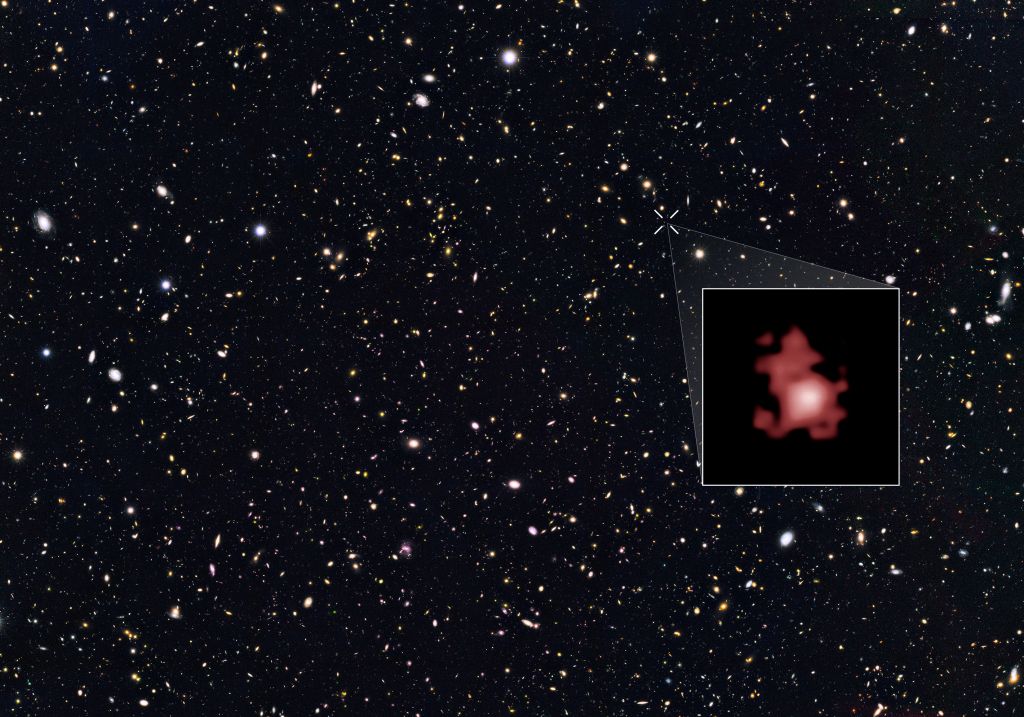
The GN-Z11 was discovered by the Hubble Space Telescope in March 2016 and is currently the oldest and most distant galaxy known, with a red spectroscopic shift of z = 11.09. It surpassed EGSY8p7, which had outperformed EGS-zs8-1 in this post, both discovered in 2015.
The distance from the GN-Z11 to the Milky Way caused some initial discomfort. It is estimated to be 32 billion light years away from us today, which would make it impossible to detect since the universe itself is 13.8 billion years old. How could the light of such a distant object reach our instruments?
Scholars have explained that because of the expansion of the universe, the galaxy in question has been closer. The light captured by Hubble was emitted about 2.66 billion years ago, to which a factor (z + 1) = 12.1 was added during the 13.4 billion years it took for light to come here, resulting in the 32 billion light years separating GN-Z11 from our galaxy today.
It is seen today as it was 13.4 billion light years ago, just 400 million years after the formation of the universe. It is the oldest galaxy ever sighted by mankind. GN-Z11 has about 1% of the Milky Way’s mass, and formed stars 20 times faster. And the fact that such an old galaxy with such a massive mass still in the early universe intrigues astronomers.
Galaxy without dark matter
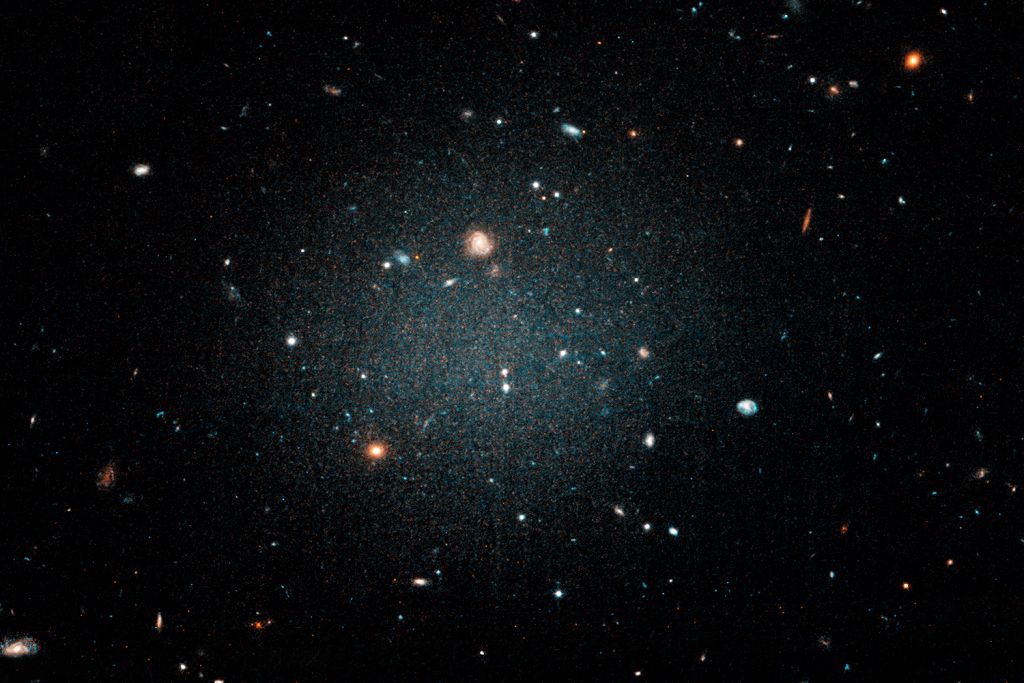
Astronomers were left standing in 2018 when a galaxy about the size of the Milky Way was found with almost no sign of dark matter. NGC 1052-DF2, which was originally believed to be 65 million light-years from Earth, is actually 42 million light-years apart, and stood out for its near absence of dark matter.
Dark matter is a still mysterious substance that is believed to make up 84.5% of the entire mass of the universe. It is so-called because it is invisible, besides interacting only gravitationally with ordinary matter. According to currently accepted theory, dark matter already existed before the Big Bang.
With the finding of NGC 1052-DF2, the evidence that such a substance exists has become stronger. The galaxy in question has dimensions similar to the Milky Way, but with a ratio of only one star to every 200 of our galaxy. Its total mass is much less than that of our star system.
Further studies from 2019, however, detected the distance of 42 million light years and altered much of the initial information from NGC 1052-DF2. Researchers are still trying to fully understand the phenomenon, but the total mass is believed to be about half that initially calculated, but the stars make up only a quarter of the star mass of the first study, which could indicate the presence of dark matter in the galaxy.
In November this year, however, scientists found 19 other galaxies that may have little or no dark matter inside. On the other hand, there is at least one known galaxy whose mass is 99.9% dark matter.
Zombie galaxy
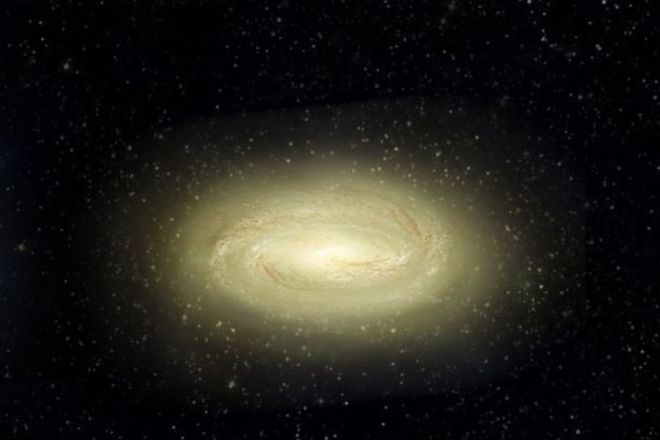
A massive disk-shaped galaxy, the MACS 2129-1 simply stopped making new stars a few billion years after the Big Bang. Observations from the Hubble Space Telescope show that no new stars appeared in this galaxy at least 10 billion years ago. This is why it is called the “dead galaxy”.
Until its discovery, astronomers believed that such galaxies were the result of explosive mergers. But the stars of MACS 2129-1 all formed within the disk itself, not merging with other galaxies. A 2017 study published in the journal Nature suggests that dead galaxies – no longer stars – make internal rearrangements in their structure as they age. Therefore, not because of mergers, they change shape.
In contrast to the zombie galaxy, another one about 12.2 billion light-years from Earth makes no less than one star every two hours. To give you an idea, the Milky Way produces a new star every 36 days.
Galaxy with different shape
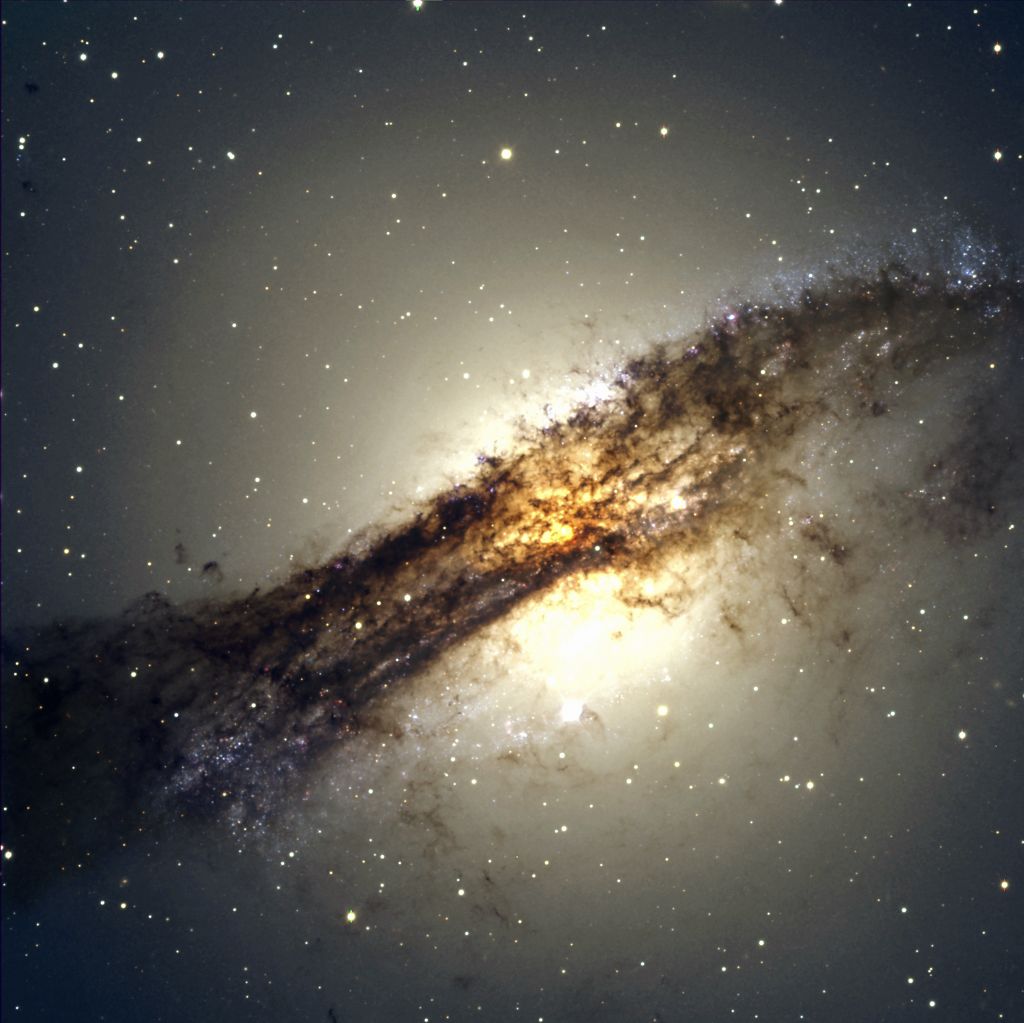
A galaxy is usually elliptical, spiral or irregular. The largest are always in one of the first two options. Or so astronomers thought until recently when they discovered that Centaur A, officially called NGC 5128, is a spiral-elliptical hybrid.
It turns out that the galaxy in question has the elliptical core, but it also has two spiral “arms” covered with dust. It is one of the brightest galaxies in the sky, located 14 million light-years from Earth, in the Centaur constellation. Its discovery was made in 1826, and only recent radio imaging analysis has detected the typical arms of a spiral galaxy.
According to the Hubble galaxy classification scheme, NGC 5128 is a lenticular galaxy, which is a compromise among the other classifications. The theory is that Centaur A swallowed a spiral galaxy a few million years ago, so it presents the typical arms of a spiral. However, these mergers do not usually leave the spirals intact.
The Milky Way
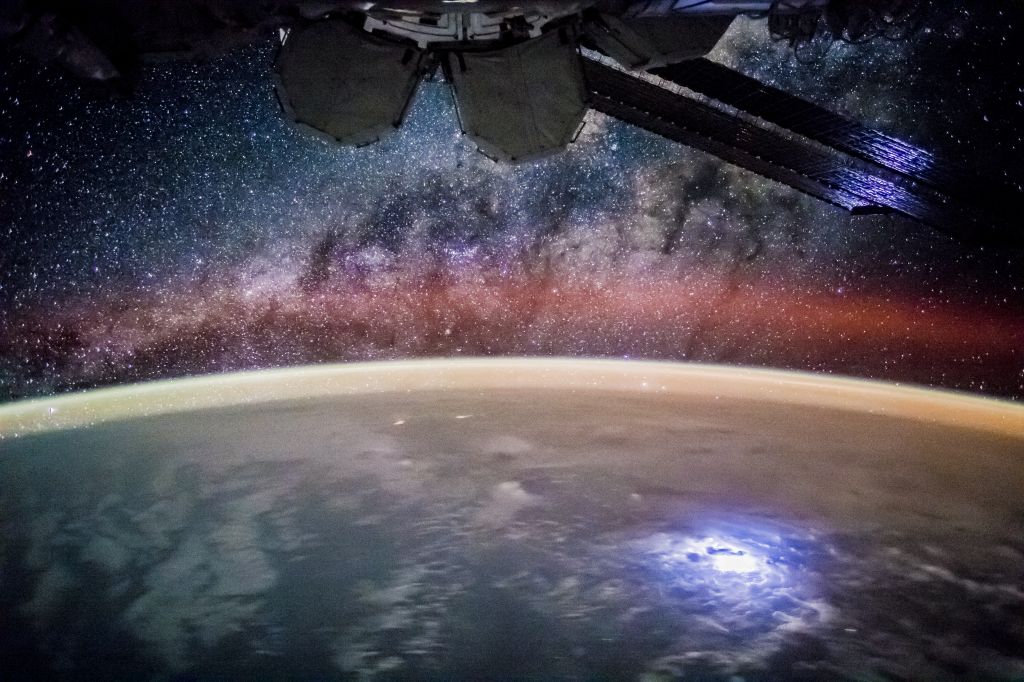
It is not because it is our home that the Milky Way does not stand out with particulars. In addition to its collision course with Andromeda, our galaxy is also “hunting” other smaller galaxies on this path.
At least as indicated by an October study this year, where astronomers suggest that there were six neighboring dwarf galaxies that once orbited the Great Magellanic Cloud, 163,000 light years from us are now part of a kind of cluster that has the Milky Way in the center.
This could be a kind of beginning of the merger between our galaxy and the Great Magellanic Cloud, expected in about 2 billion years from now.
Source: Live Science, Listverse, Sea Sky